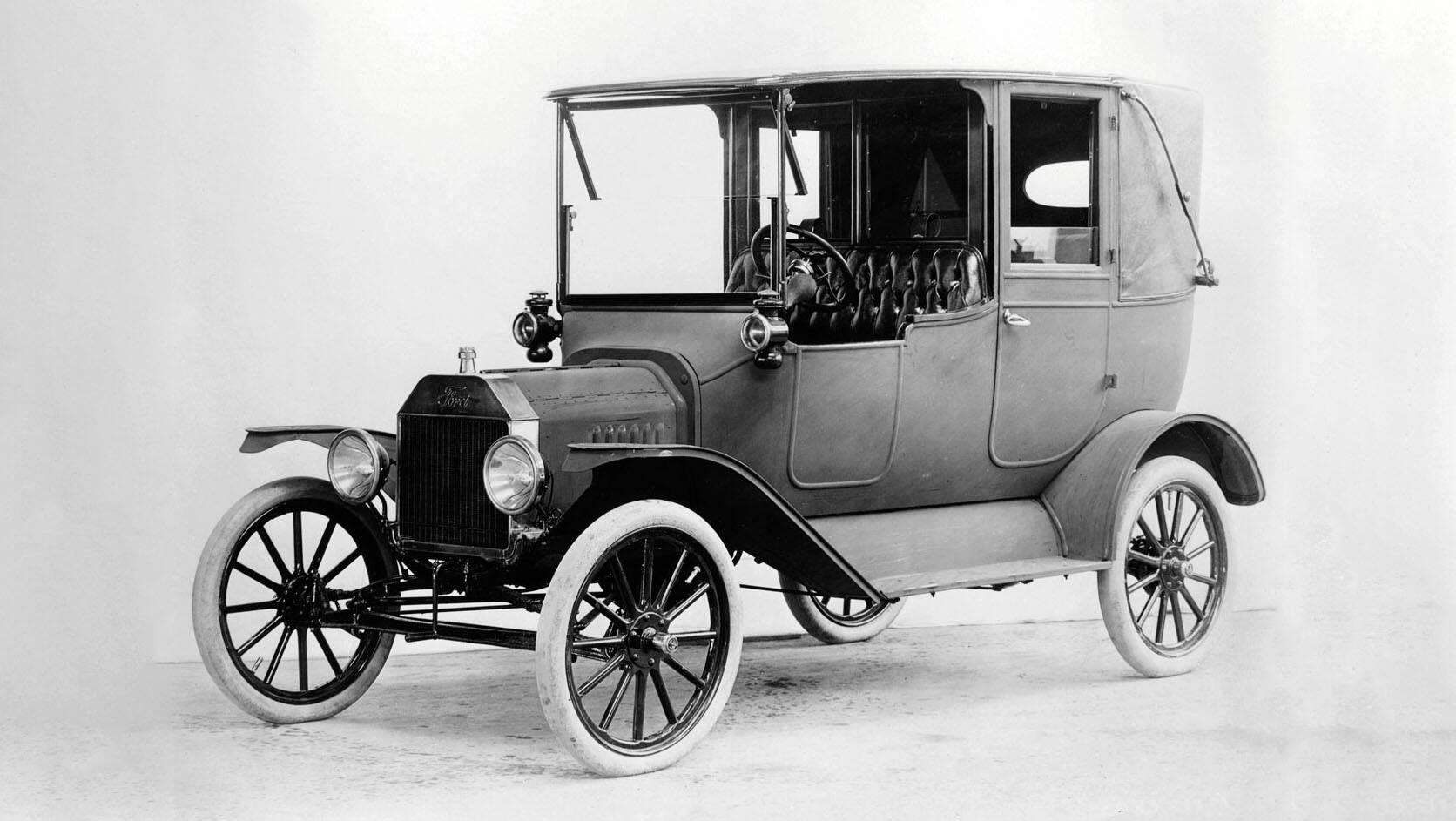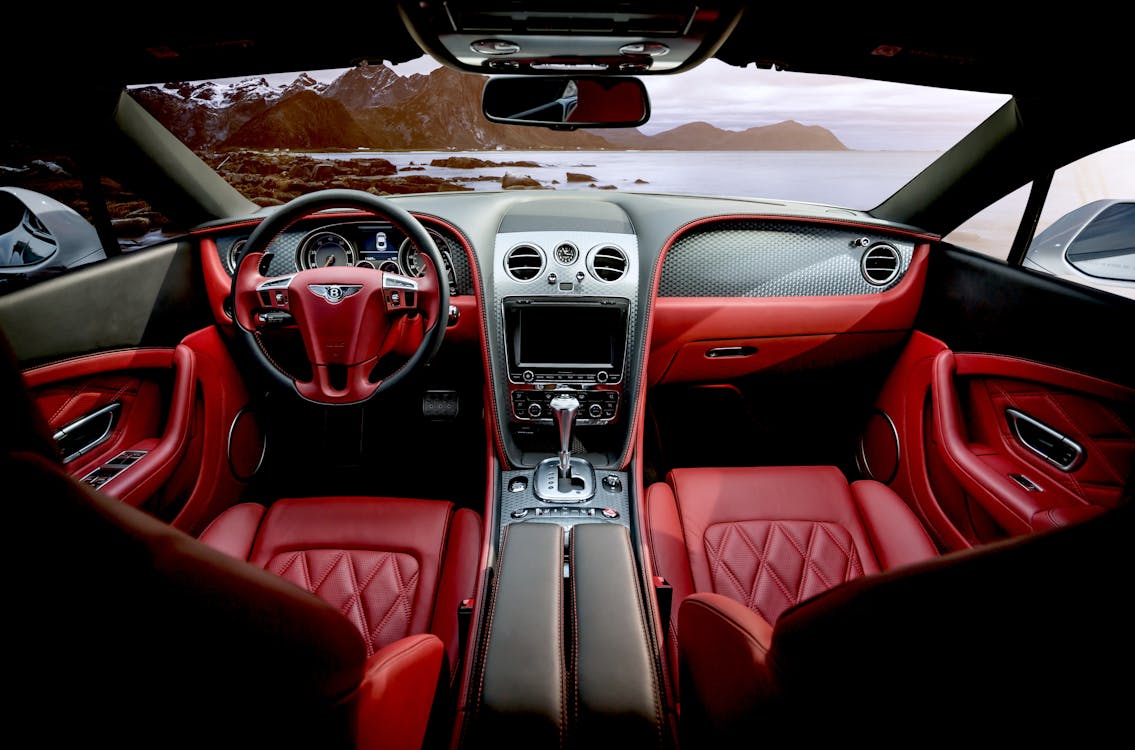The automotive technology industry's influence on 20th century history is of special importance. Although the automobile emerged in Europe in the late 19th century, through the advent of mass manufacturing methods, the US conquered the industry.
The landscape changed drastically in the second half of the century as western European countries and Japan became big manufacturers and exporters.
Discover the history of automotive technology and how the way we drive has been transformed. Here are significant developments, all the way to the digital revolution that is transforming the way we drive at the moment. Read on to learn more about this history.

1886 – The First Car Is Invented
In the 19th century, Austrian Karl Benz invented the first real car. It had an internal combustion engine and three wheels. Every previous attempt at inventing cars used steam power and was not very successful.
1908 – Ford Produced Model T
The Ford Model T was the world's first assembly line car. This tremendous technological move has made the automobile much cheaper, and therefore more affordable.
It's 20 horsepower petrol engine, which was still slower than the day’s galloping horses, could achieve 45 mph speeds.
1921 – Cigarette Lighters
There was a removable part for wireless cigarette lighters that were heated by electricity. They were common in most US cars by 1925. Cigarette lighters have gone out of fashion today, but we still have the sockets to plug into electrical devices.
1930 – Car Radio
In 1930, the first car stereo was built in the monophonic AM frequency. For the first time, driving might be accompanied by music, but it would be another 22 years before a car was installed with the first radio able to receive FM frequency, in 1952.
1949 – Car keys
Chrysler developed a technology for starting both the electric starter and the ignition in pursuit of a smarter way to get the car to run. It put this power inside a key, and soon everybody used one.
1959 – Seatbelts
Nils Bohlin, Volvo's first safety engineer, invented the modern, three-pin seatbelt. Volvo agreed to freely hand over the patent to other carmakers claiming it would save lives.
From 1965, it was mandatory for carmakers to install seatbelts in the UK, but only required from 1983 to wear them in the front seats. It became mandatory for all children from 1989 and for back seat passengers from 1991 to wear a seatbelt.
1974 – Digital Dashboard Displays
An Aston Martin Lagonda featured the first digital dashboard display. This included trip computers, speed and temperature readings, and fuel economy measures.
Digital dashboards, however, were not so commonplace with drivers at the time, and many cars still use an analog speedometer next to digital displays nowadays.
2000 – Hybrid Cars
In the 19th century, a hybrid motor was to be added to a petrol engine, but the concept was considered unachievable. At the turn of the century, Toyota picked it up once again and invented the Prius, taking the world by storm.
2010s – Driver-Assist Features
Dozens of automated technology features have been invented to driver-assist. Lane departure warnings, blind spot warnings, cross-traffic alerts, and high-beam headlamp control are typical types.
Carmakers have also started to incorporate smartphone integration, with several apps being developed so that you can locate your car through GPS, lock the vehicle remotely, and monitor it's fuel levels.
2020 – Self-Driving Cars

The expected release date of Google's self-driving car, the Waymo, is in 2020. It executed the first driverless trip on public roads with a blind man behind the wheel in Austin, Texas, in 2015.
Conclusion
The automobile industry has partnered with big technology firms in previous years to produce the most sophisticated, secure, and most comfortable cars out there.
The auto tech is expected to advance even more in the coming years, bringing us one inch ahead to a more connected and digitized world.







